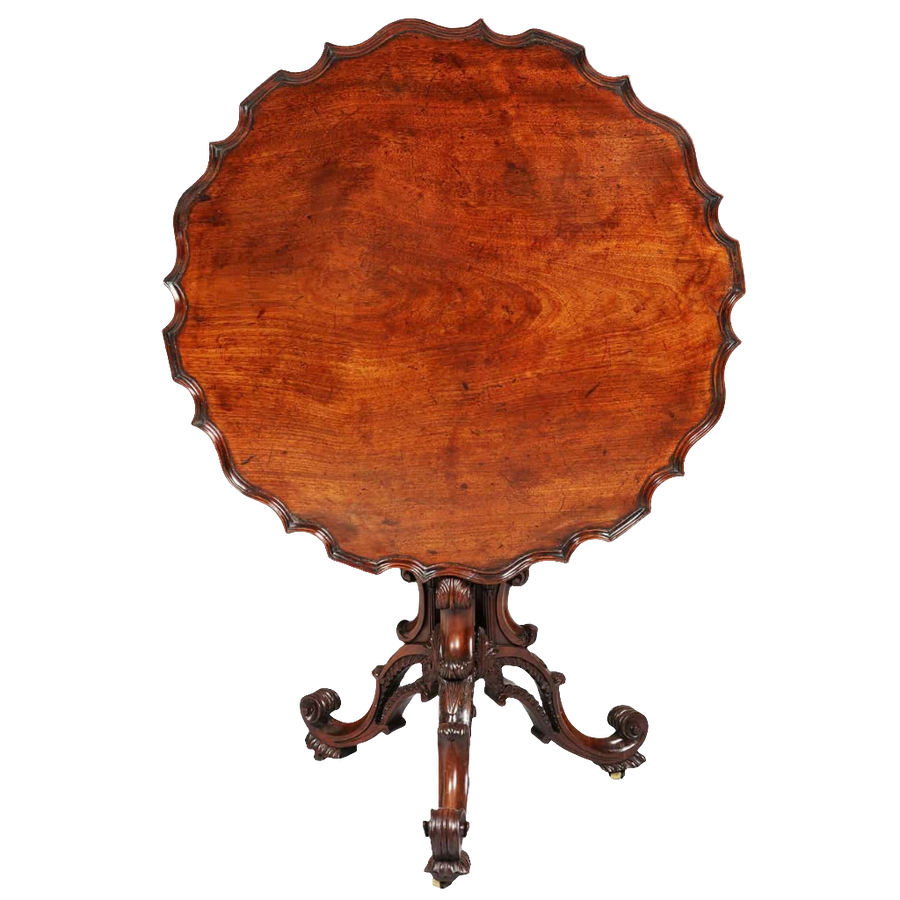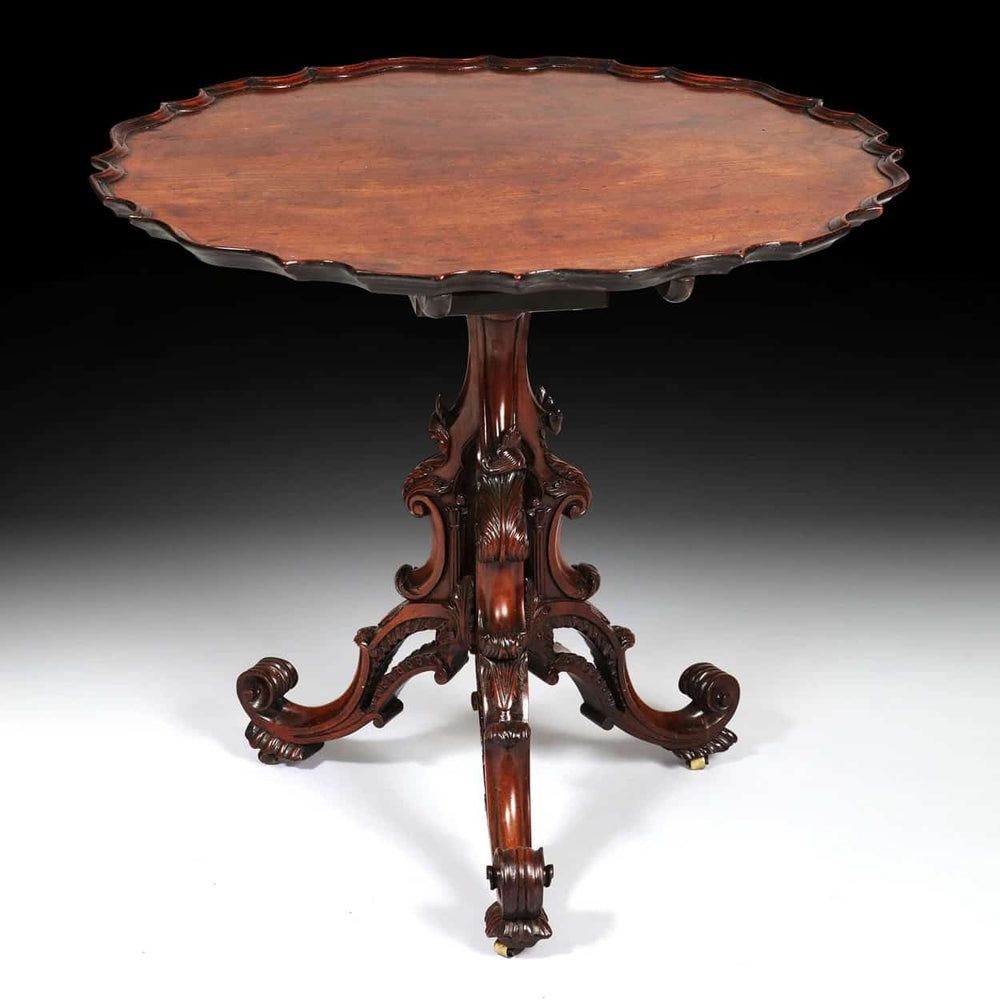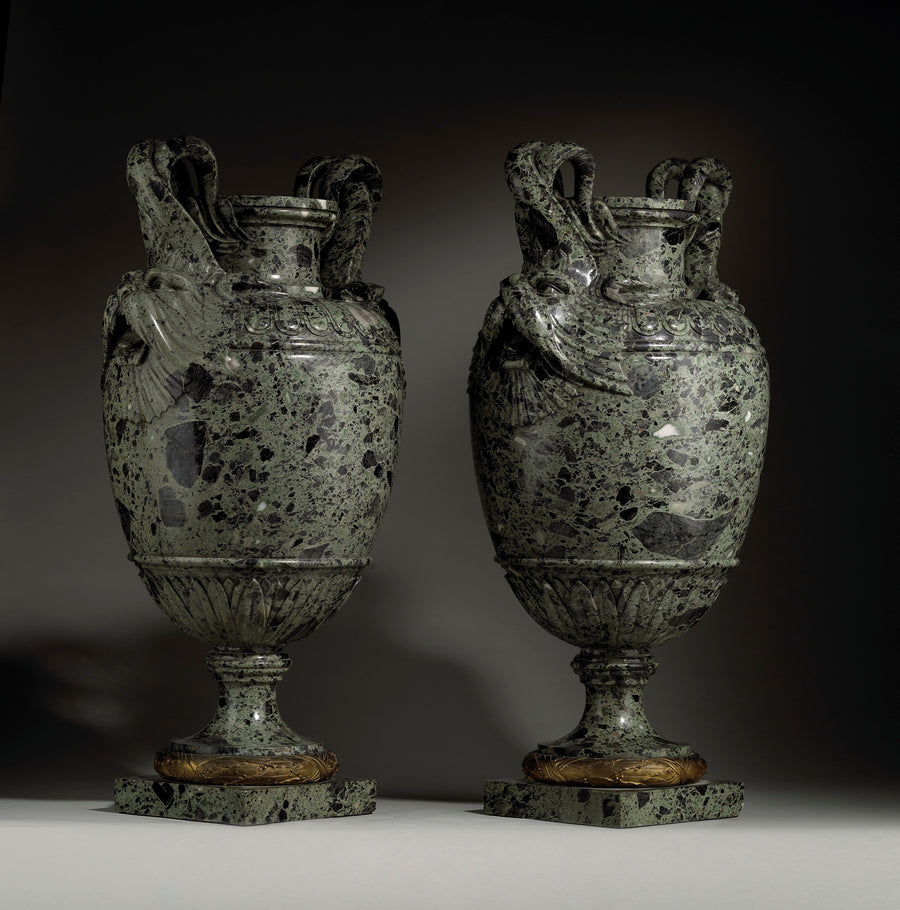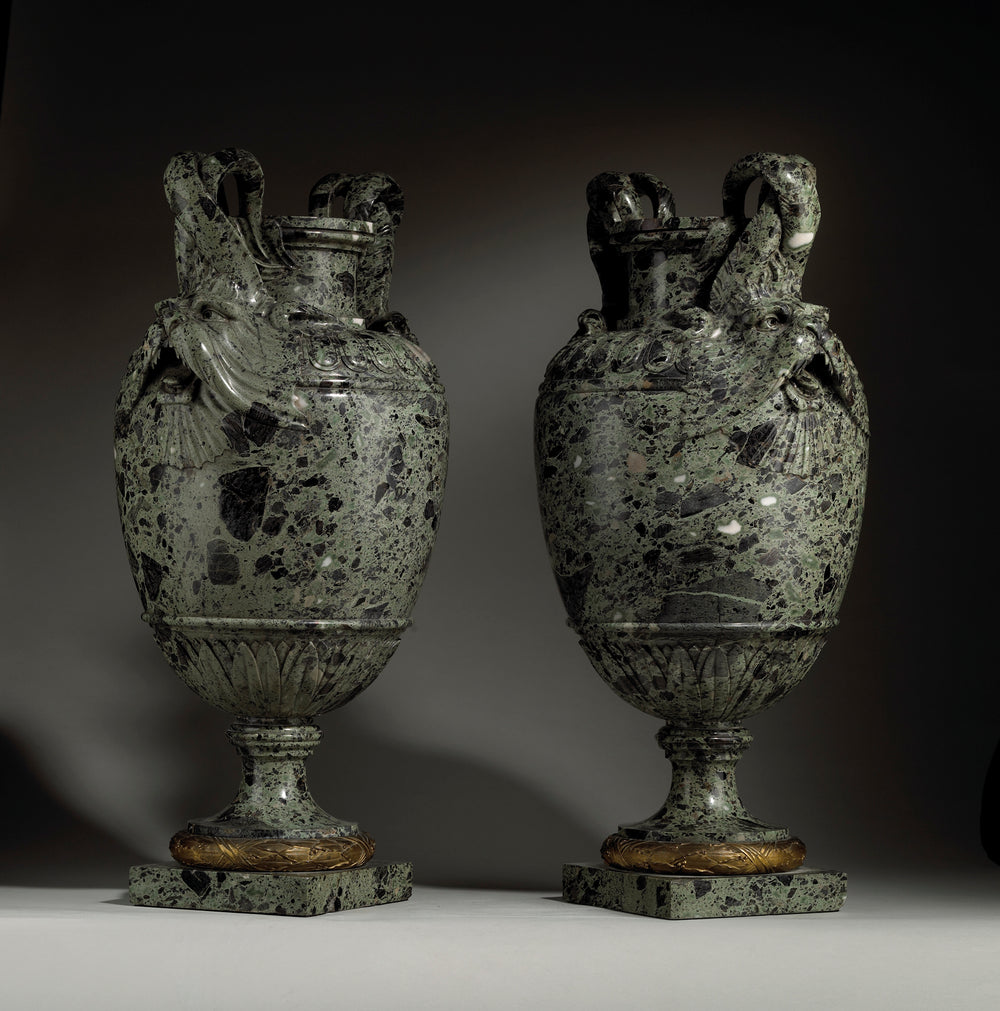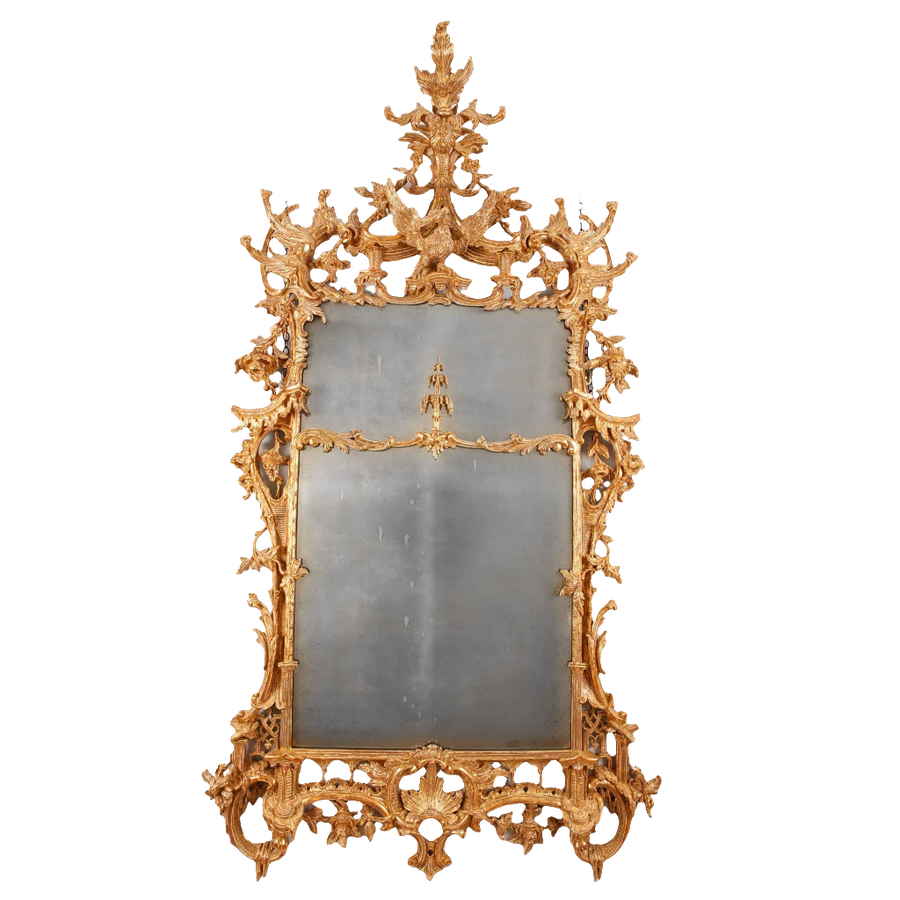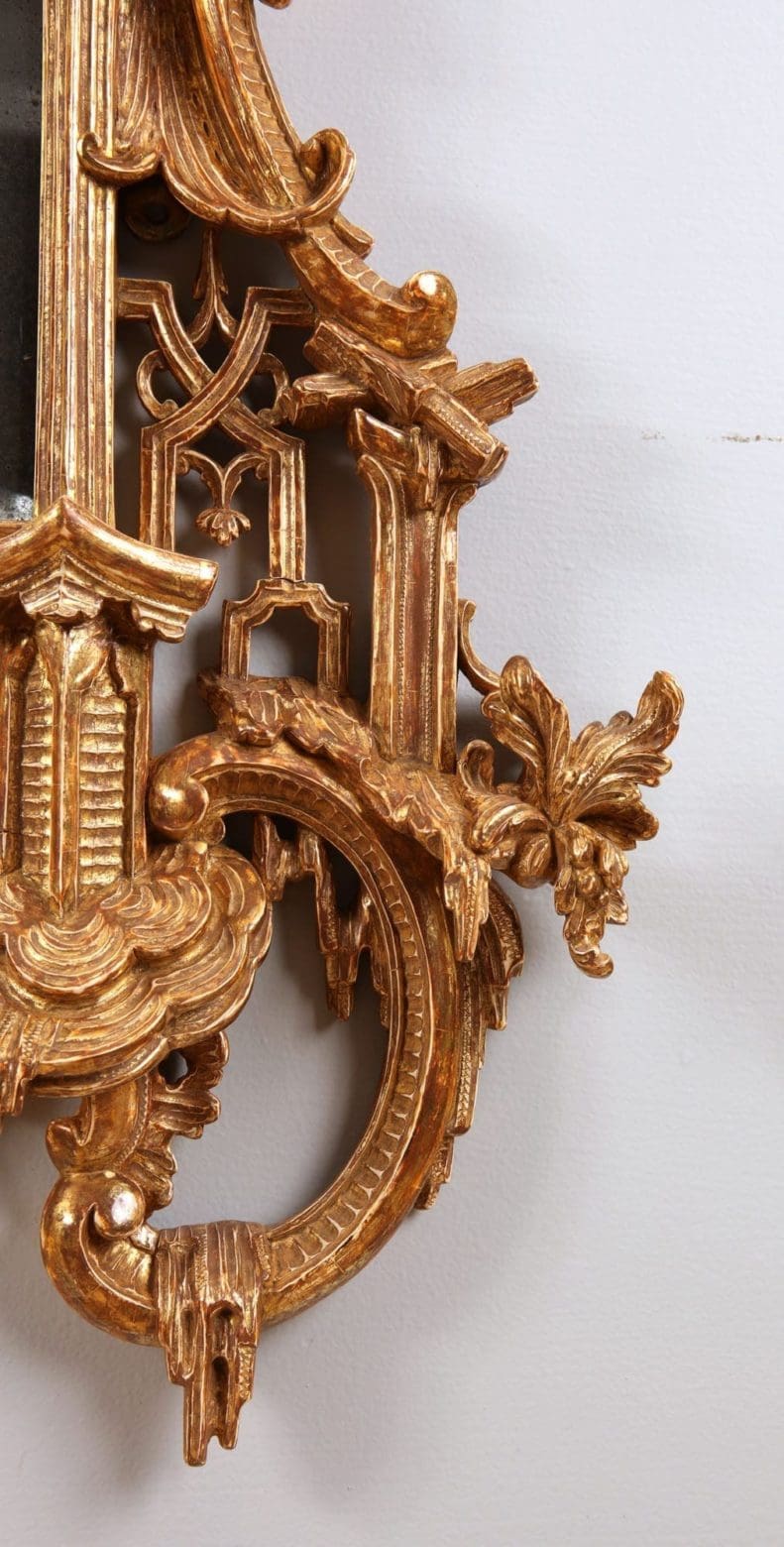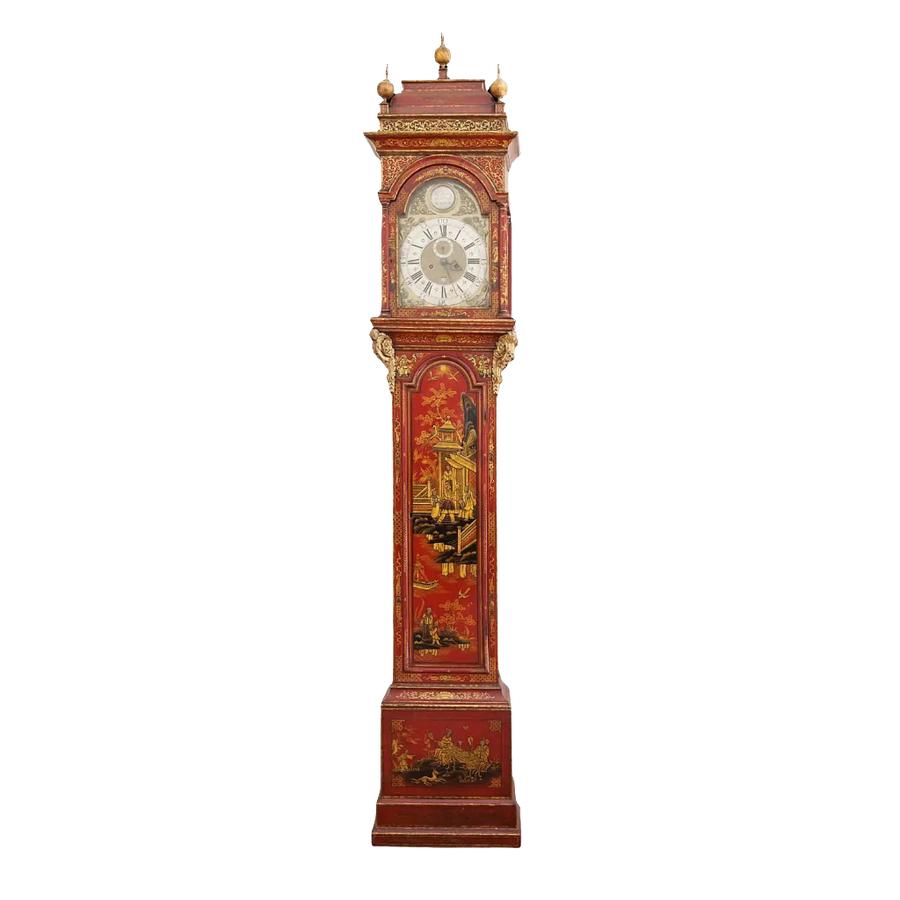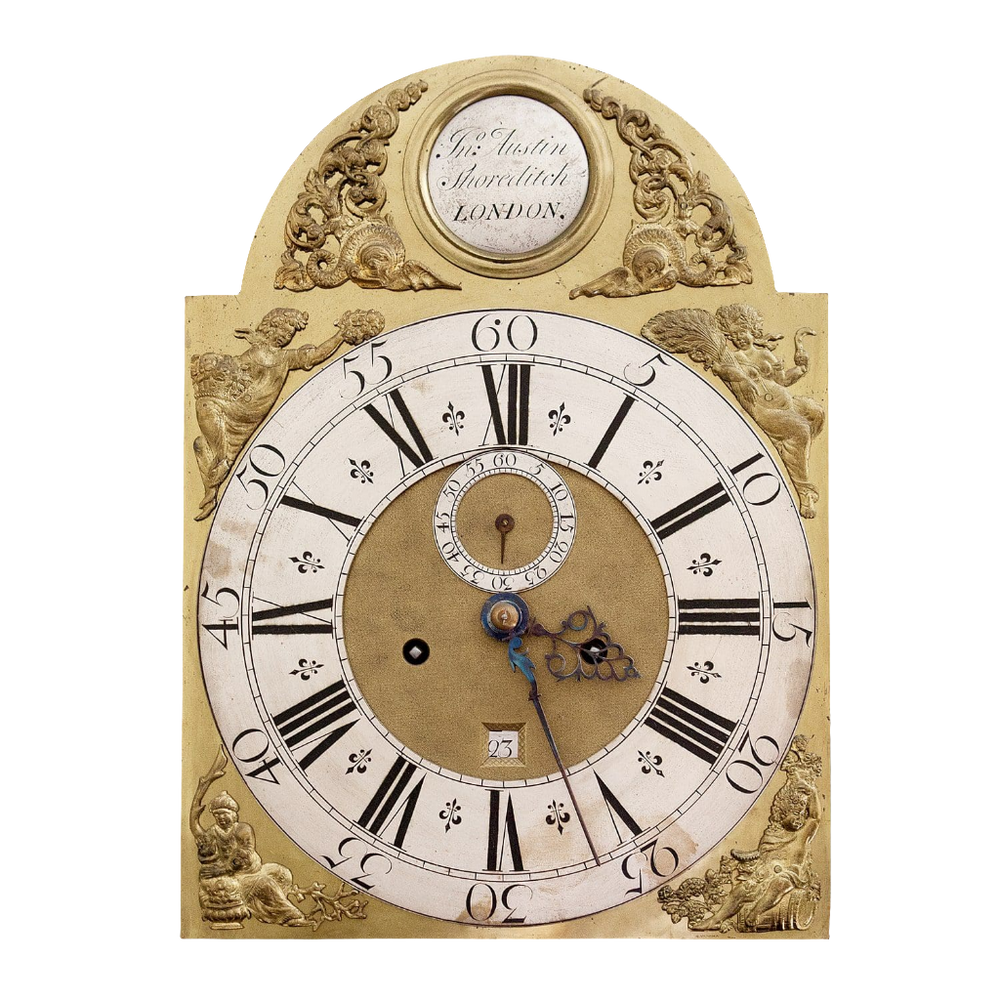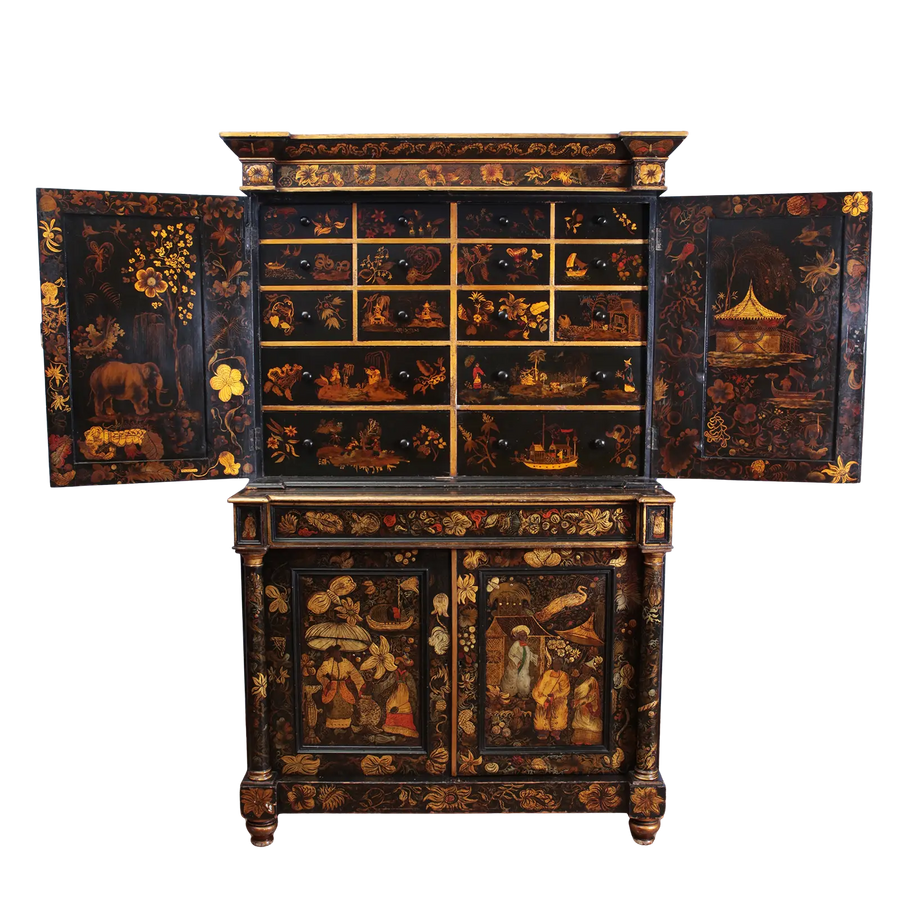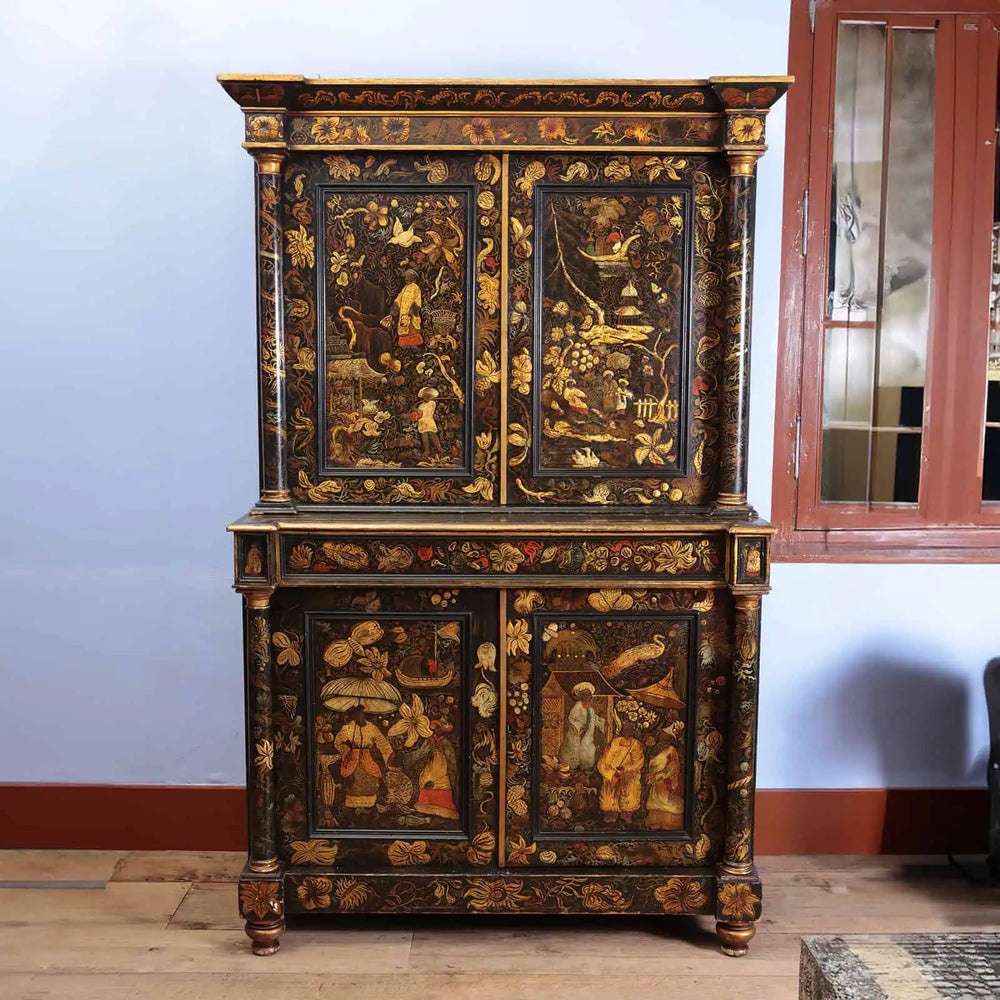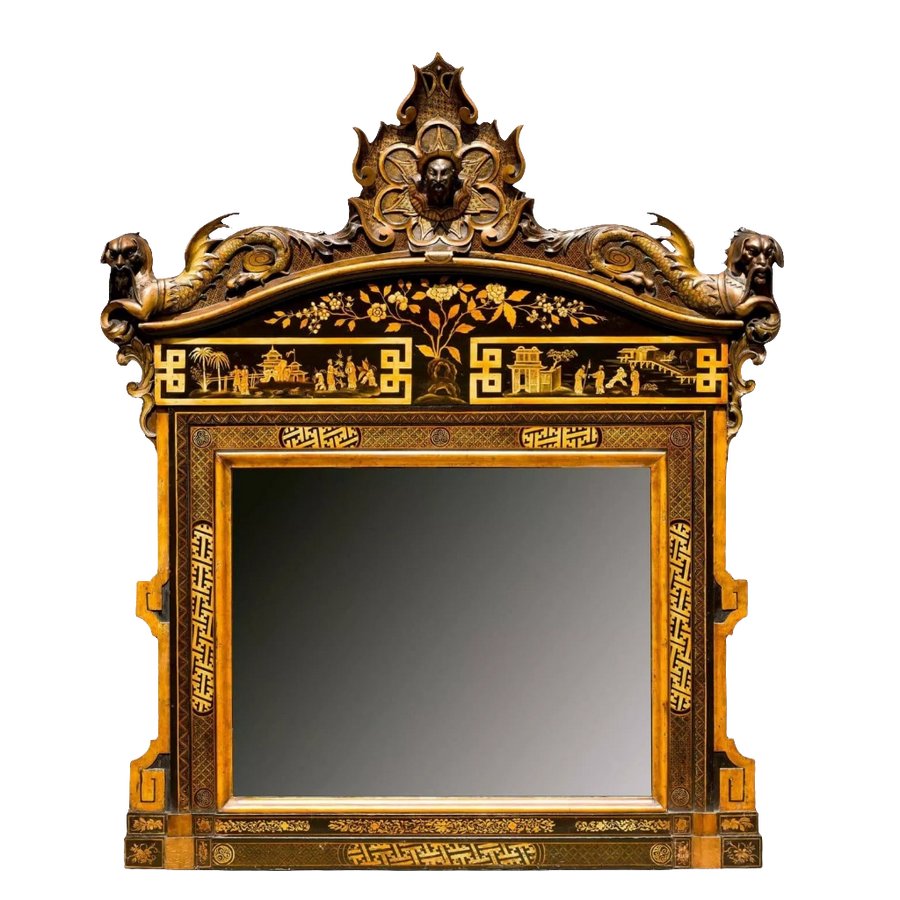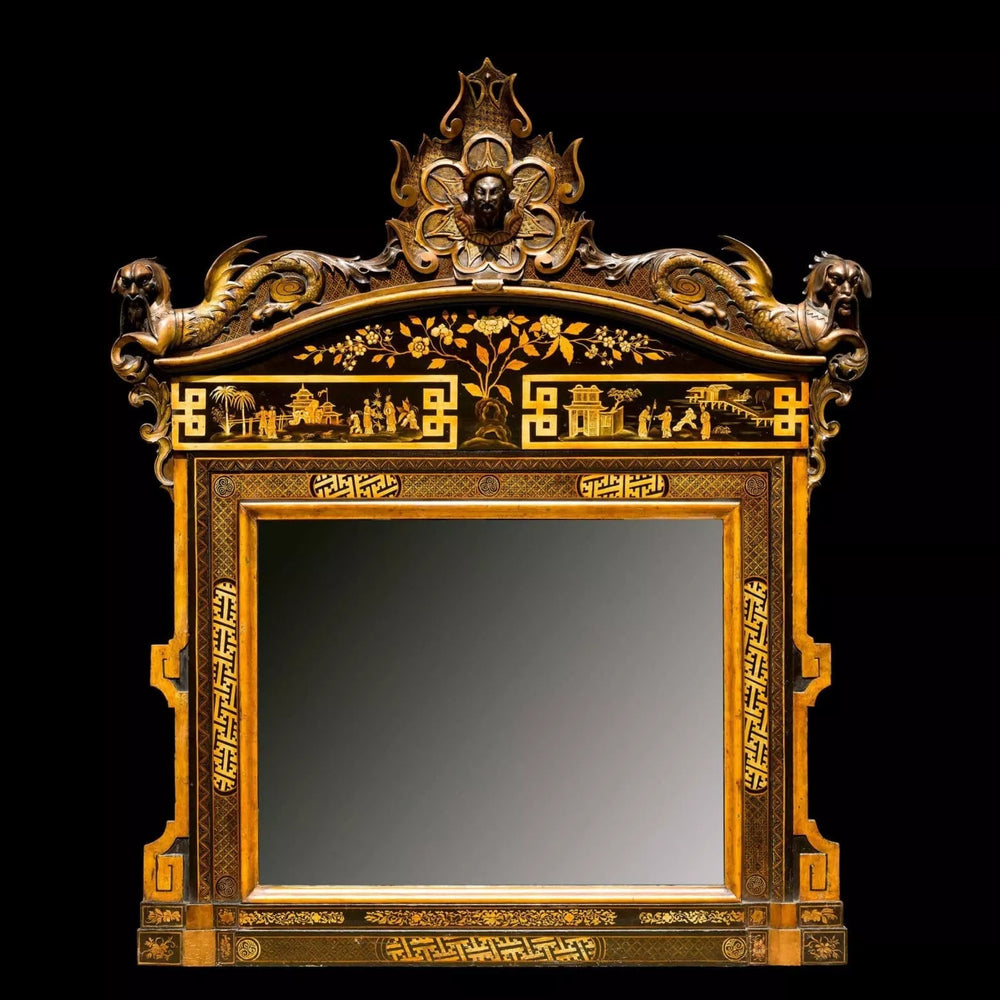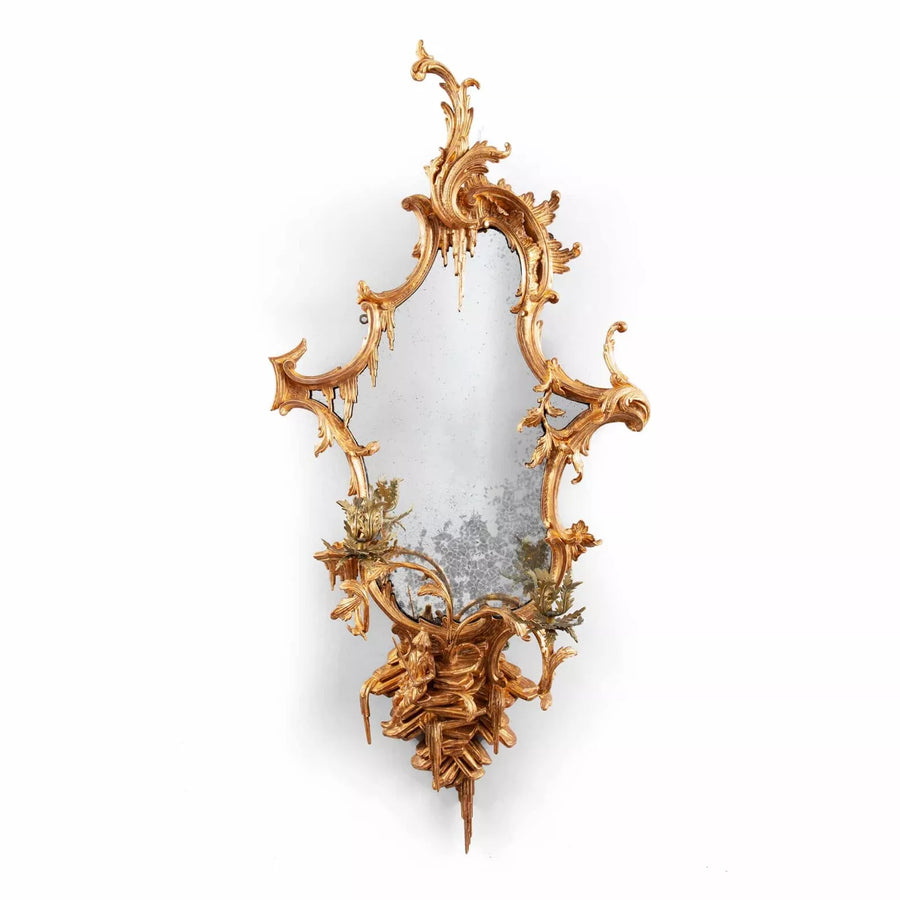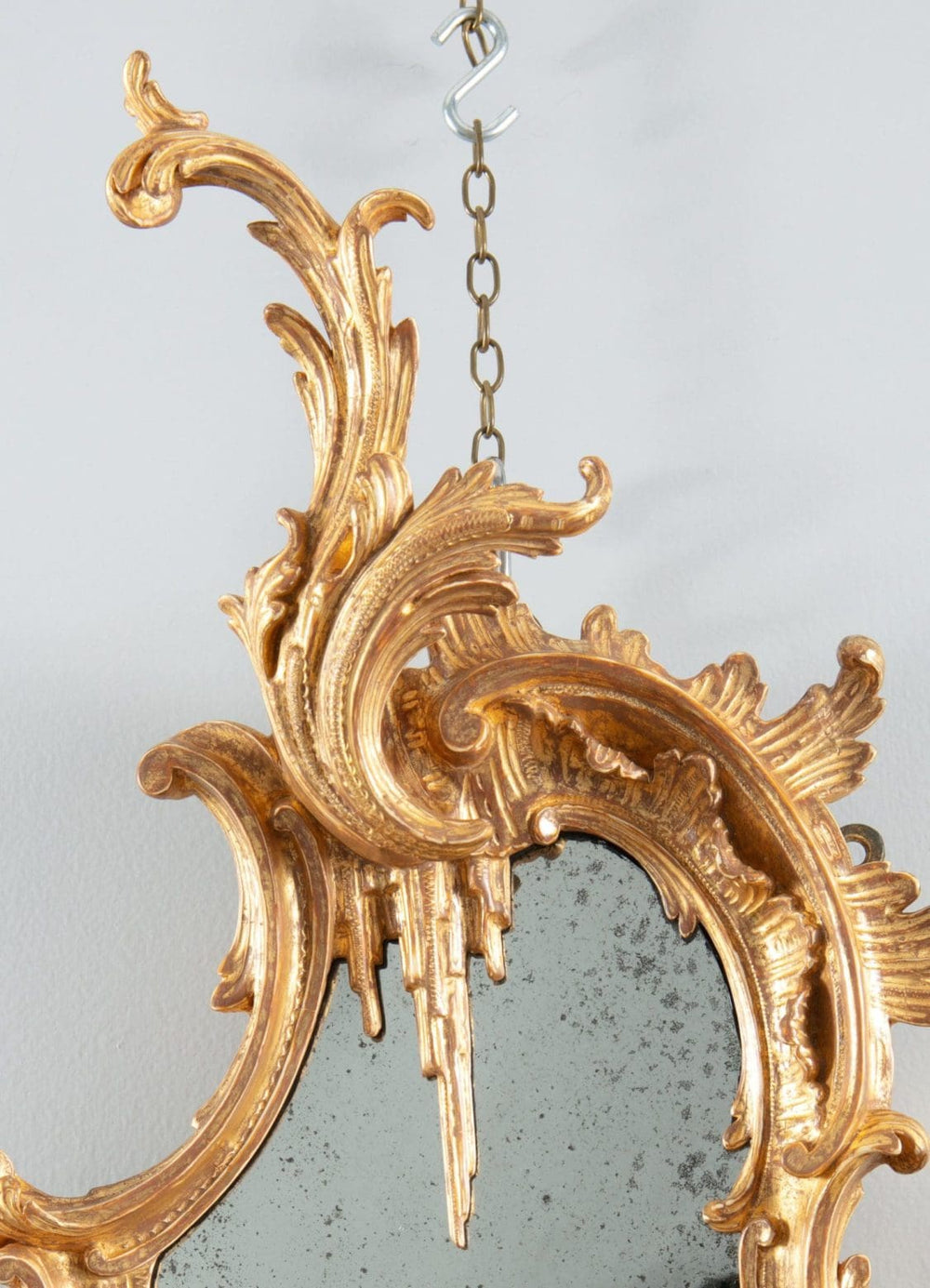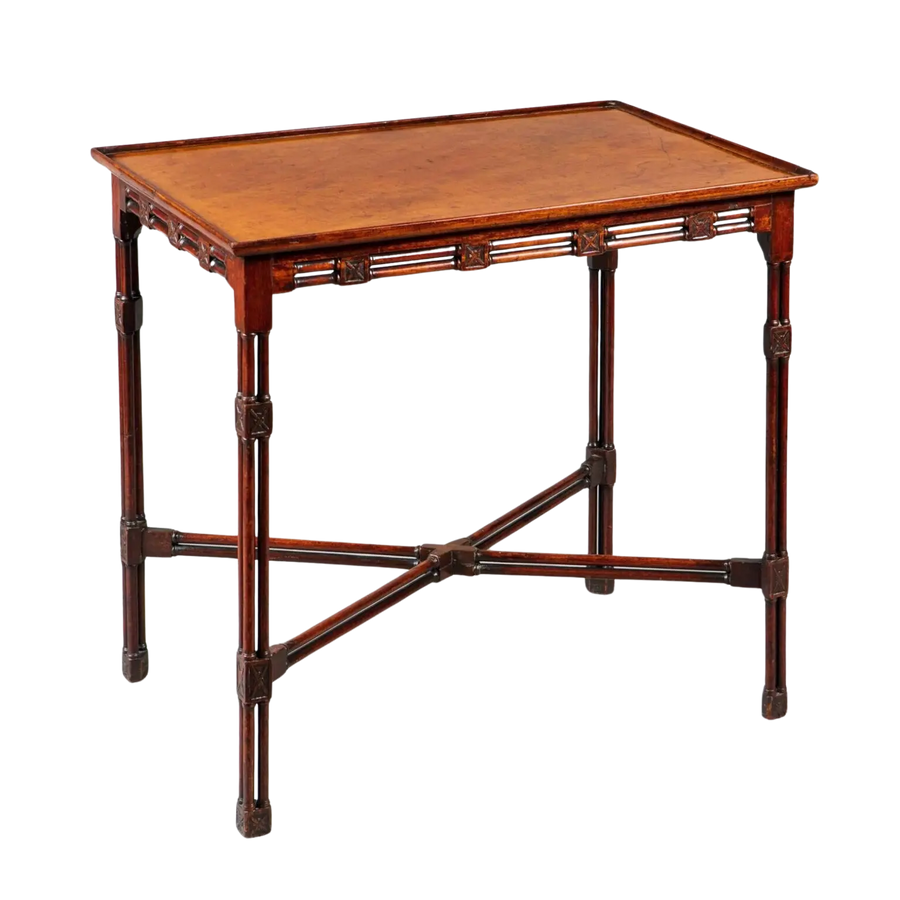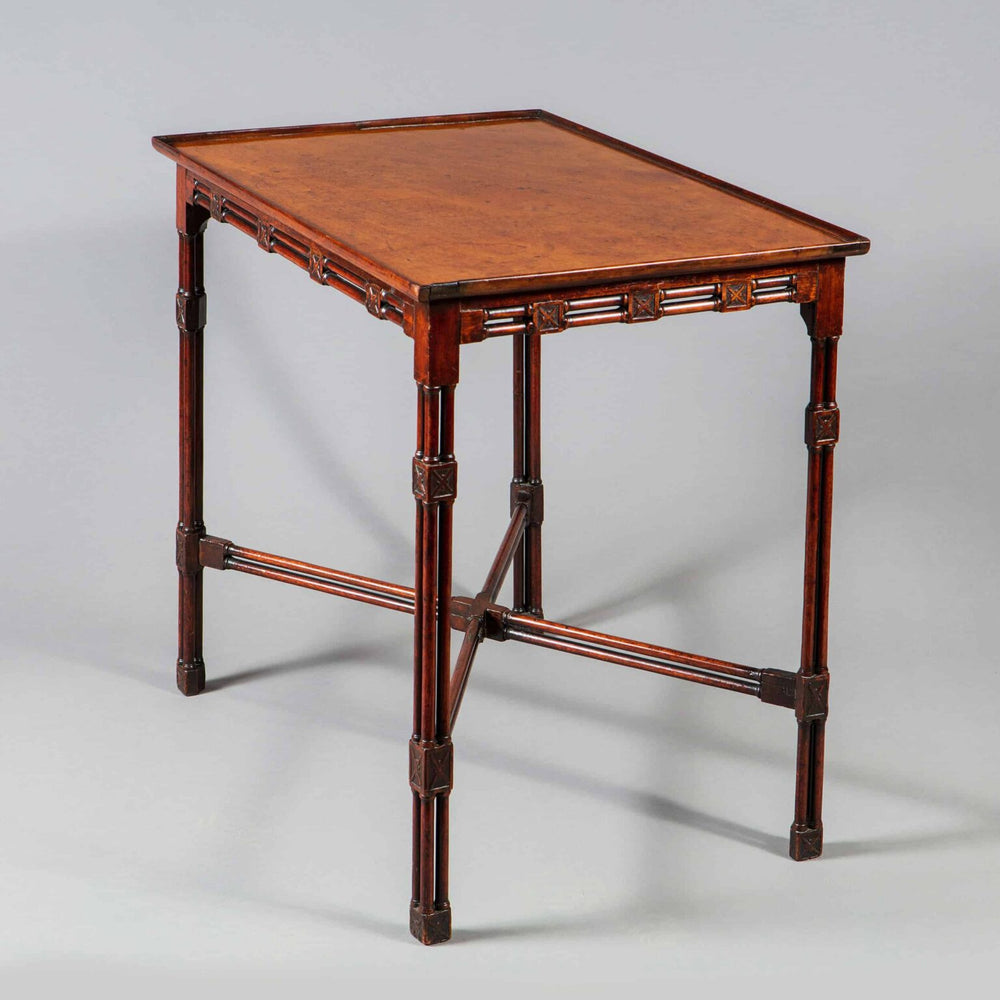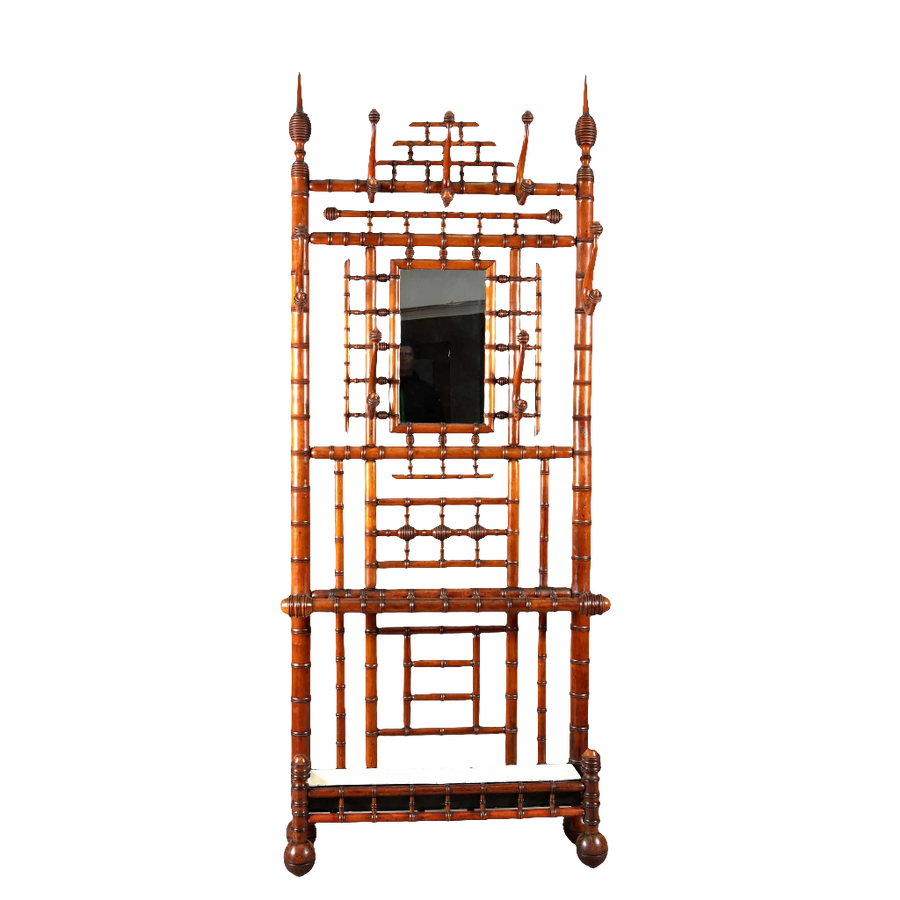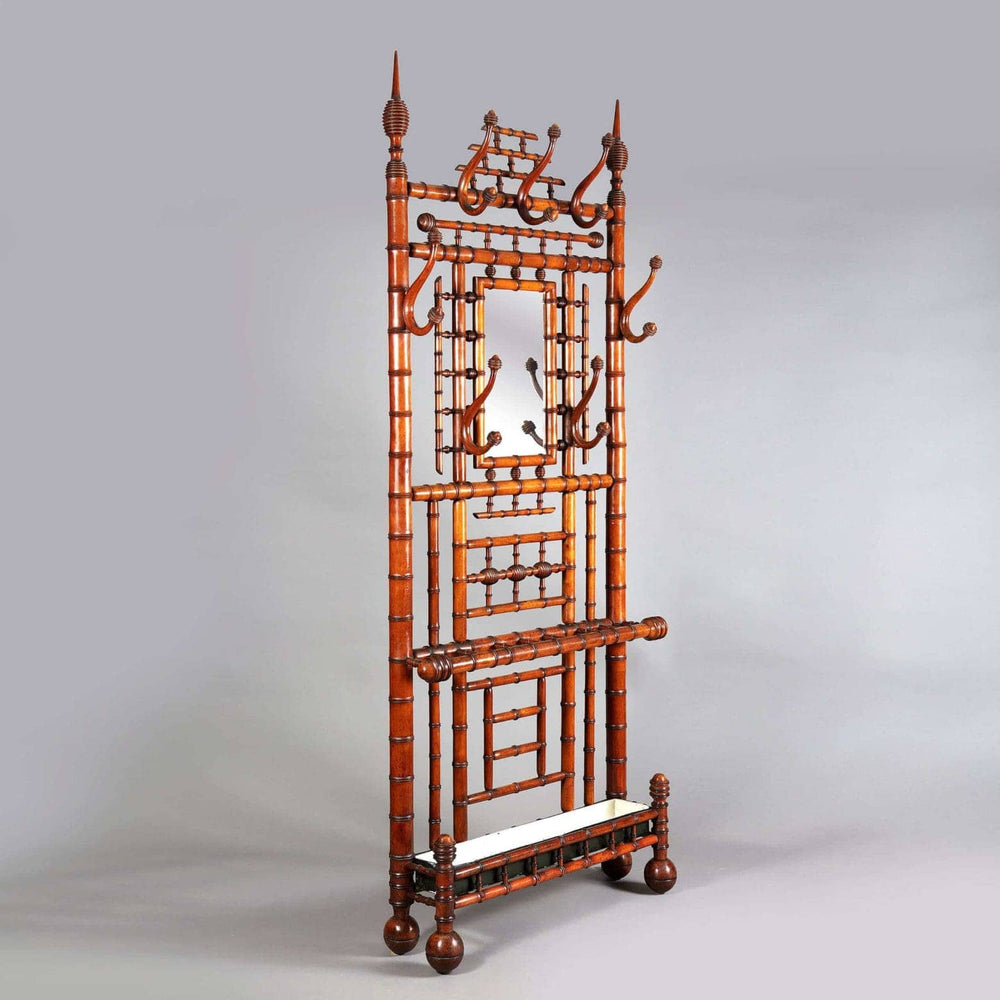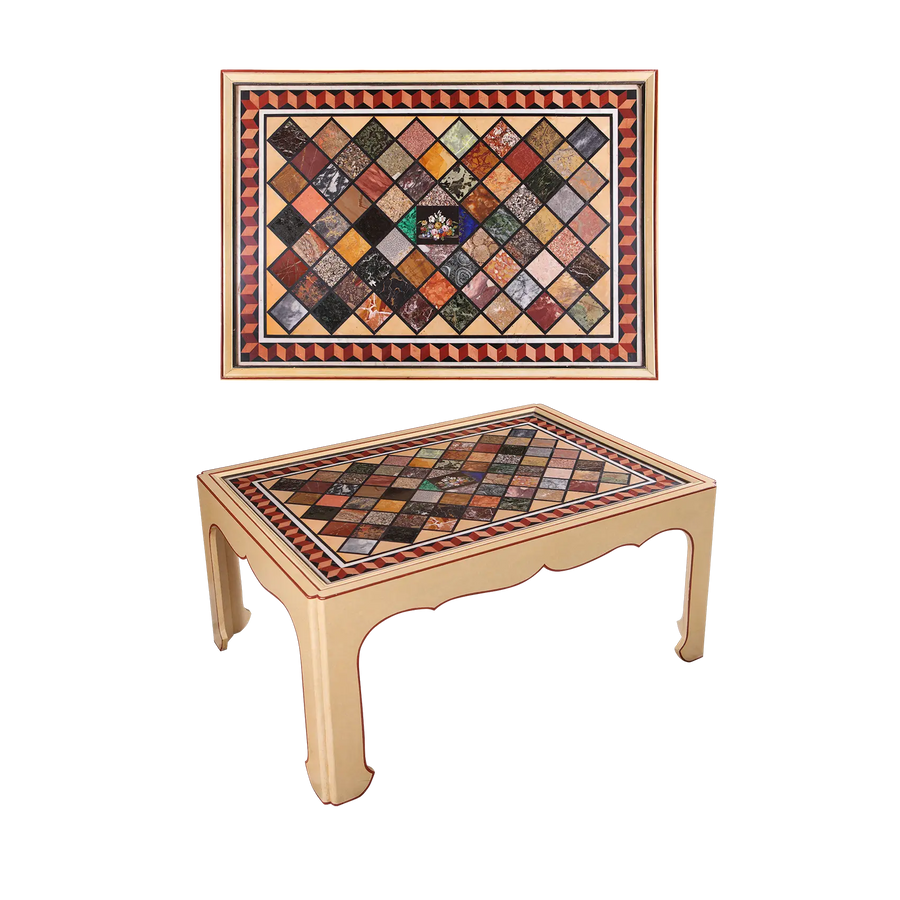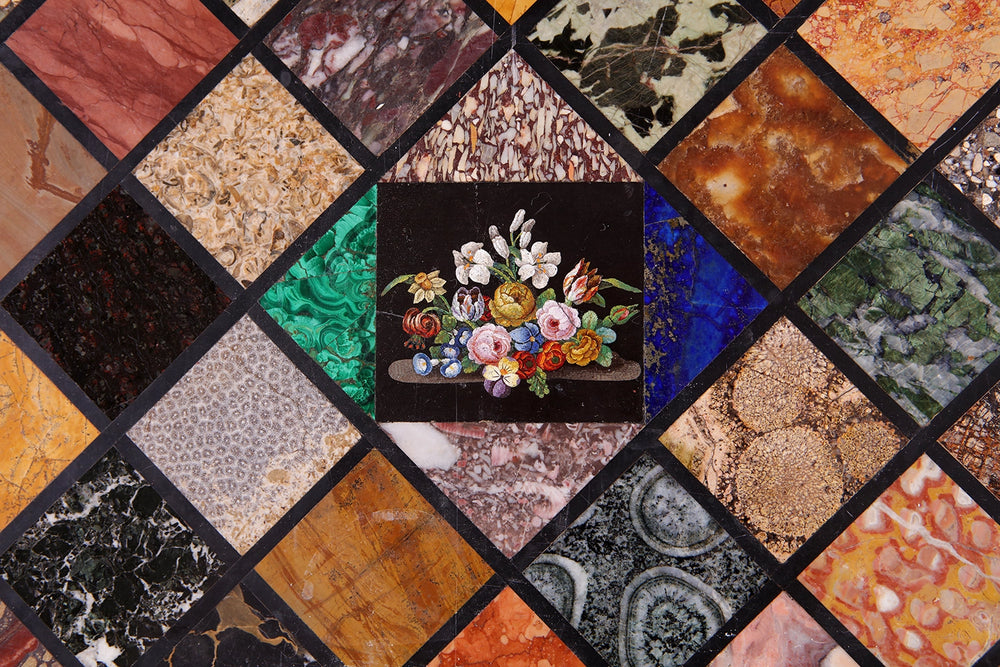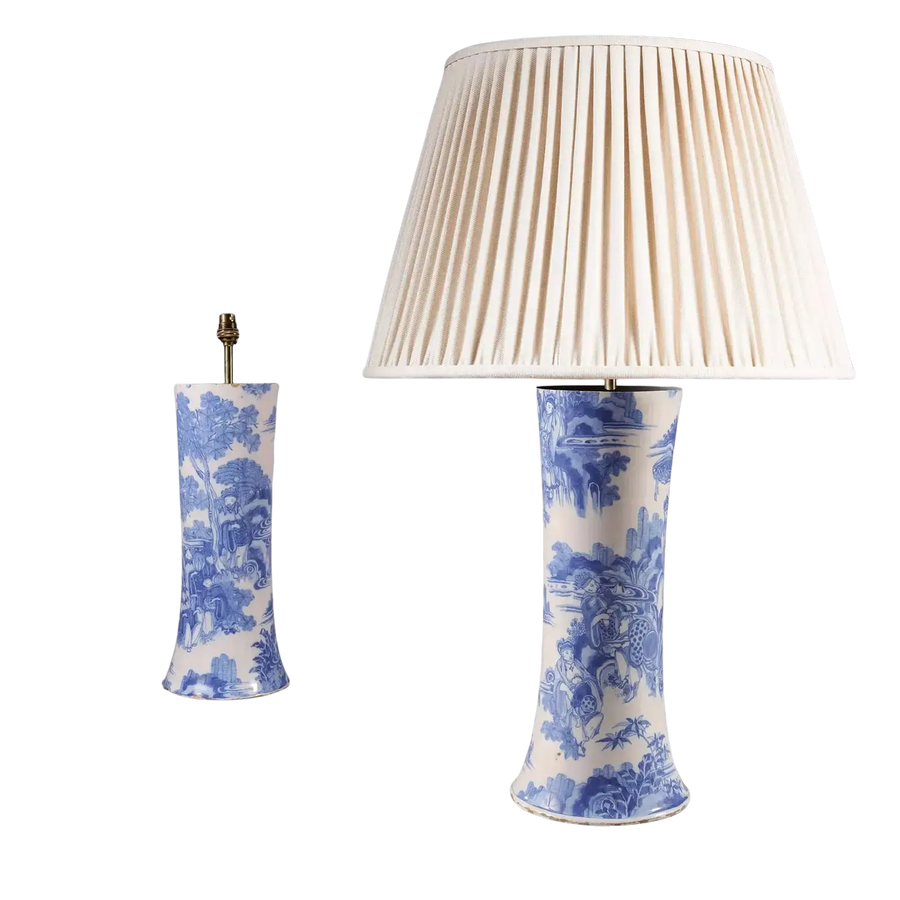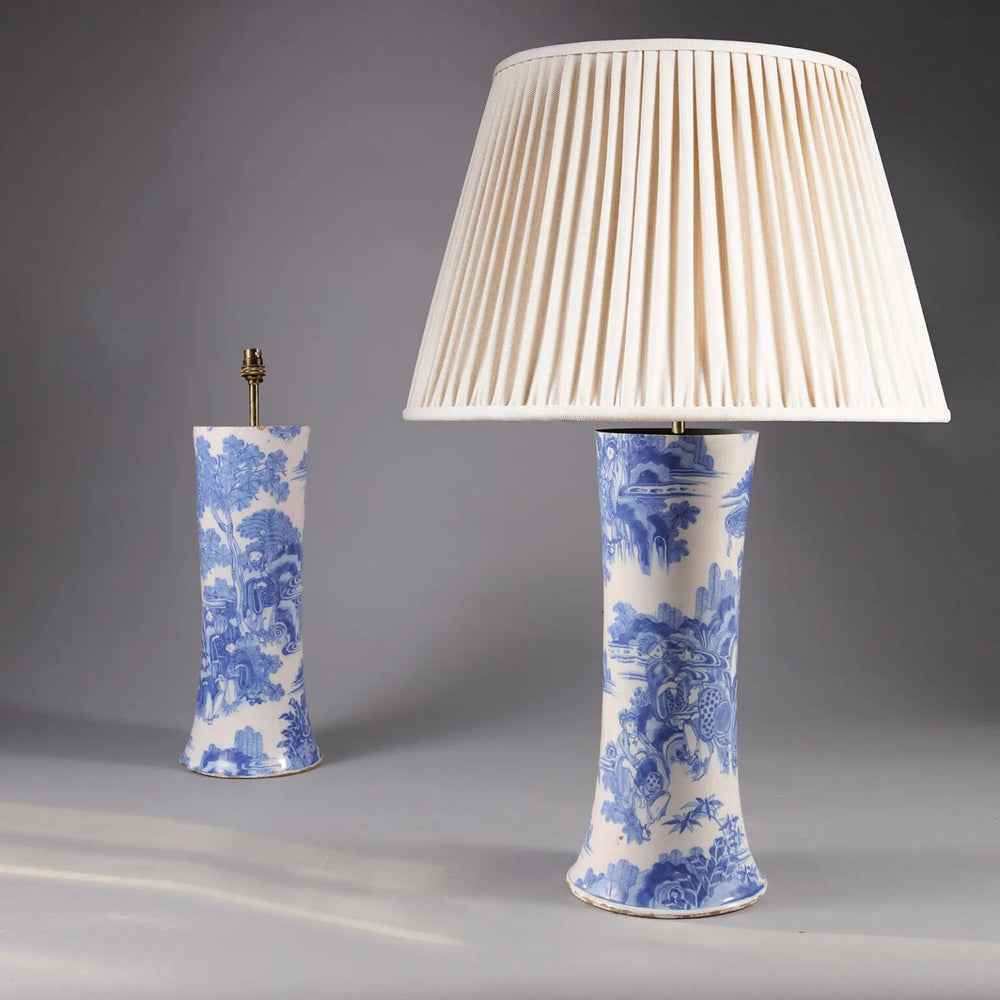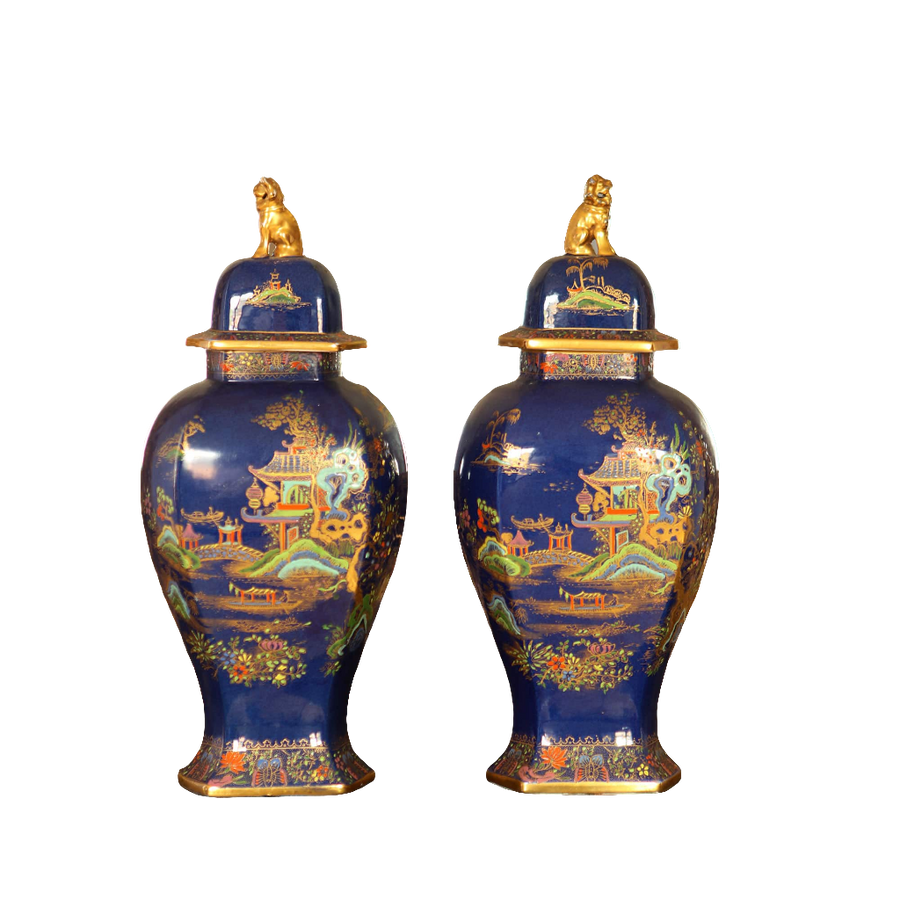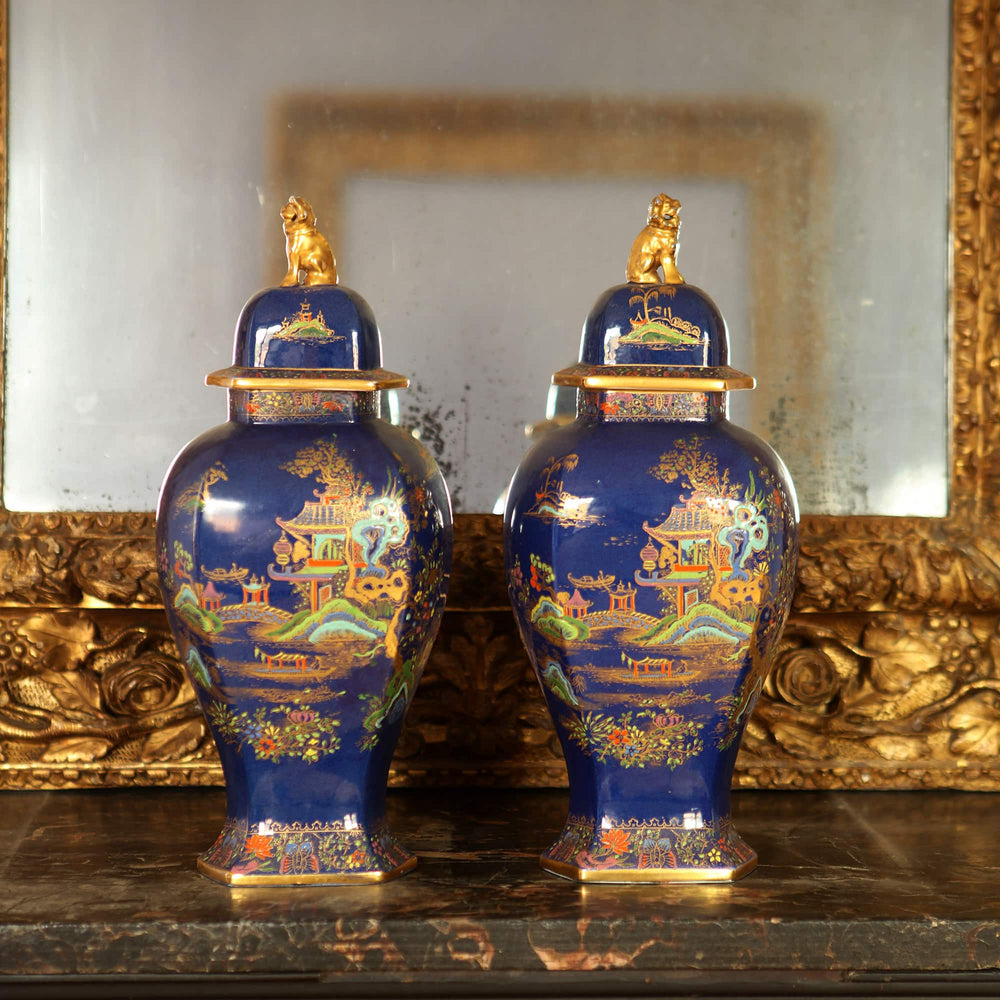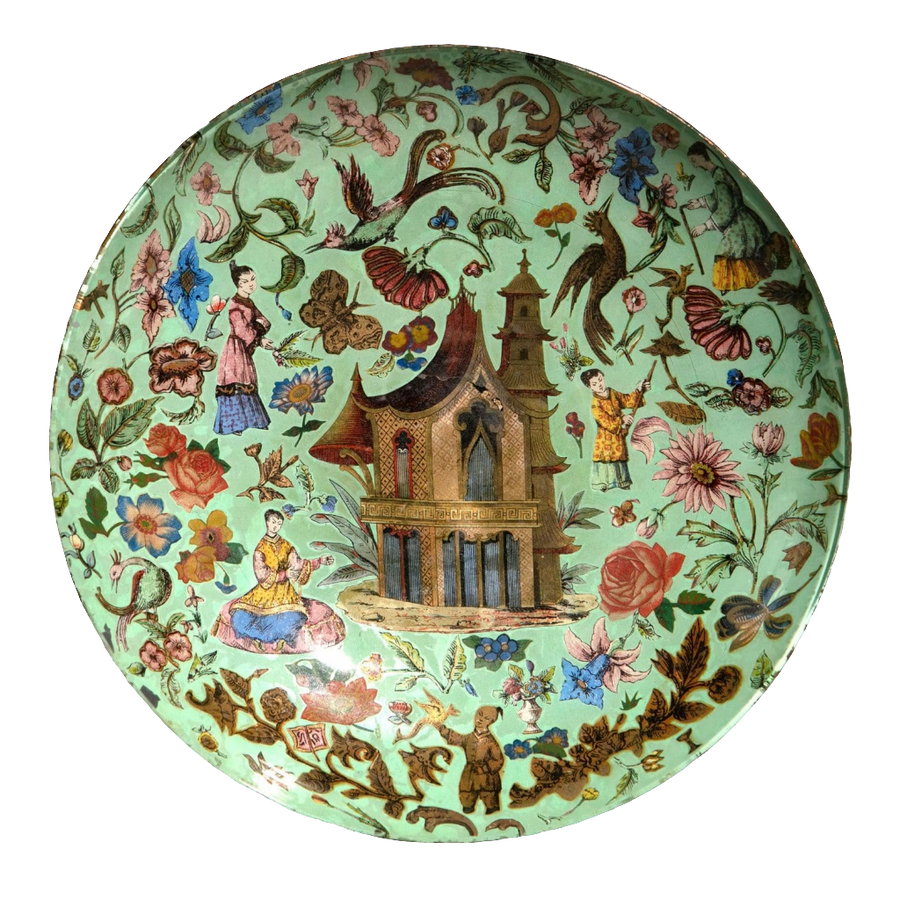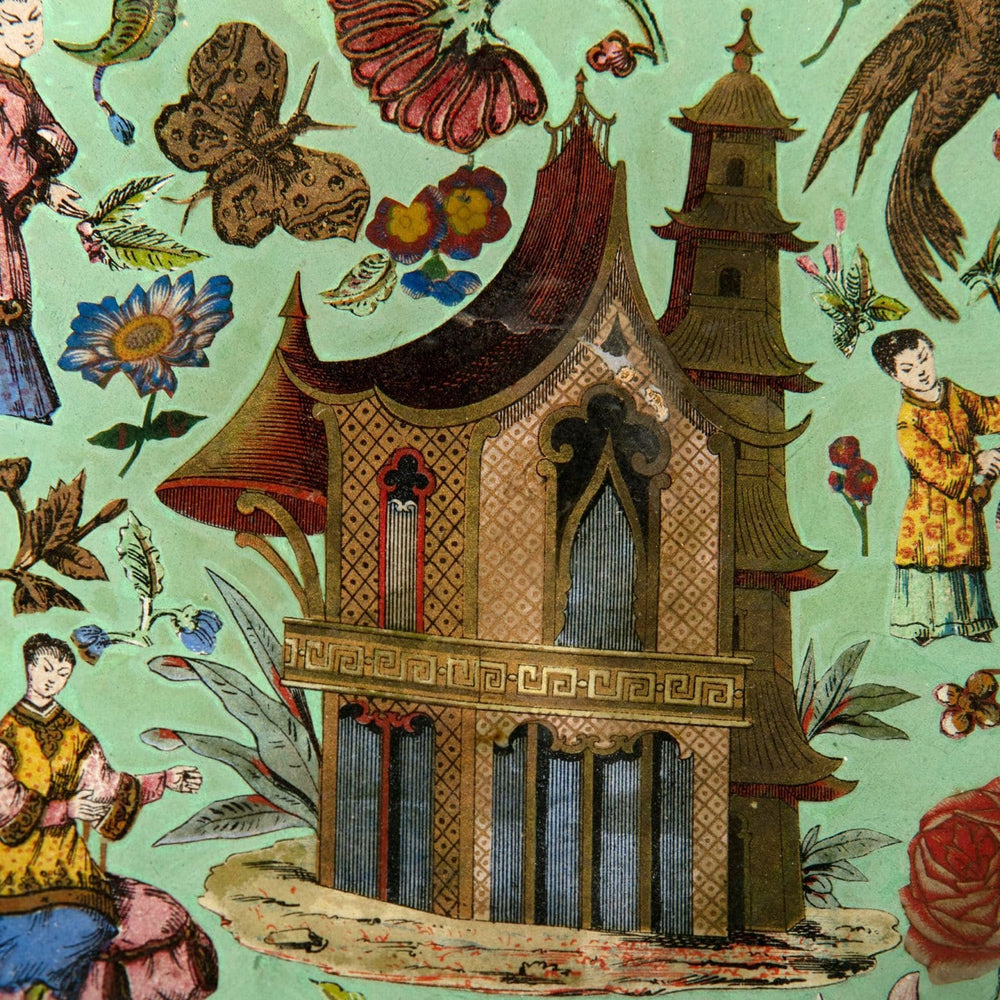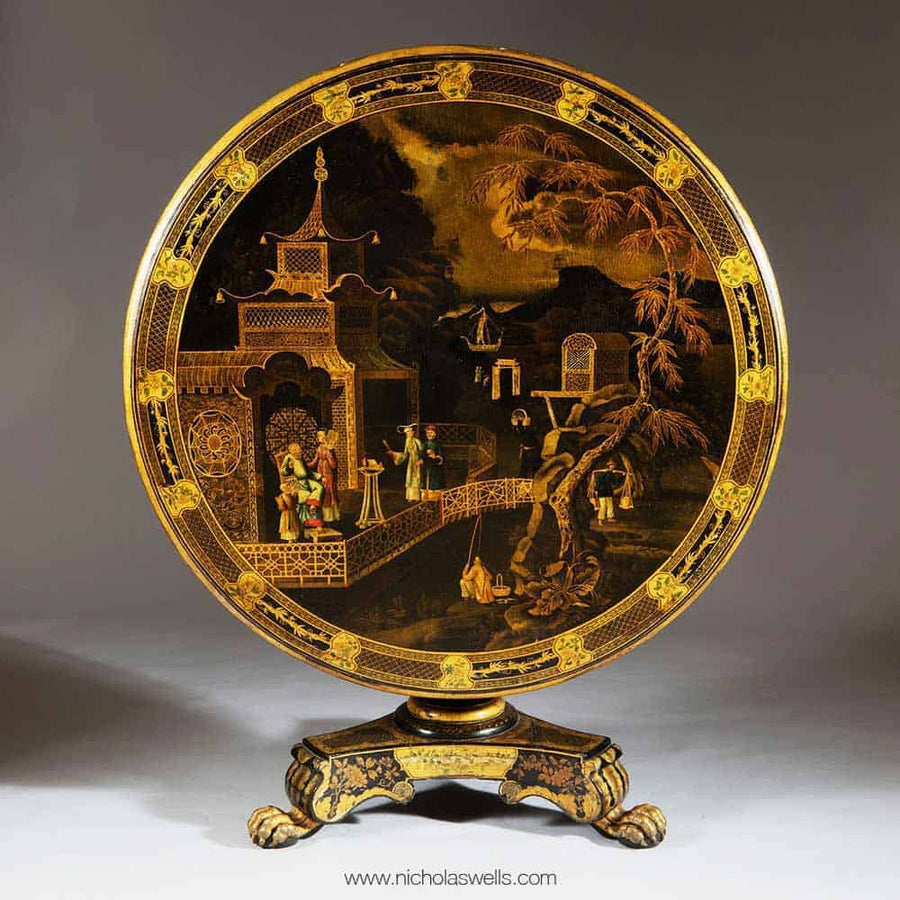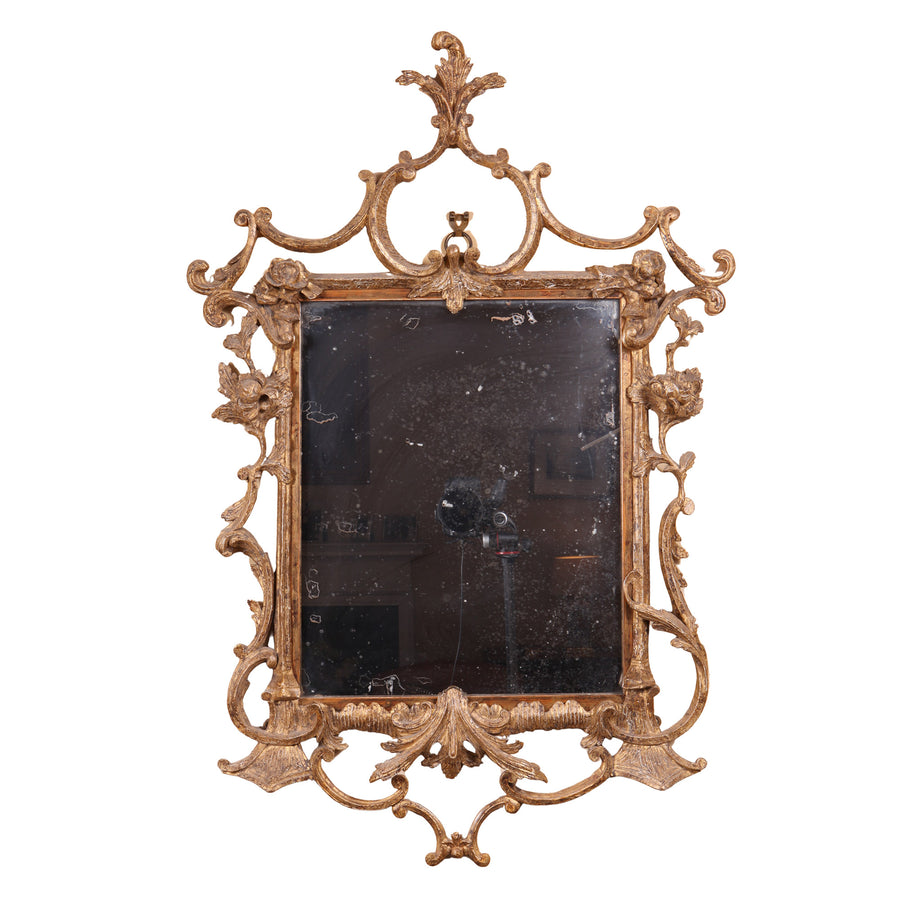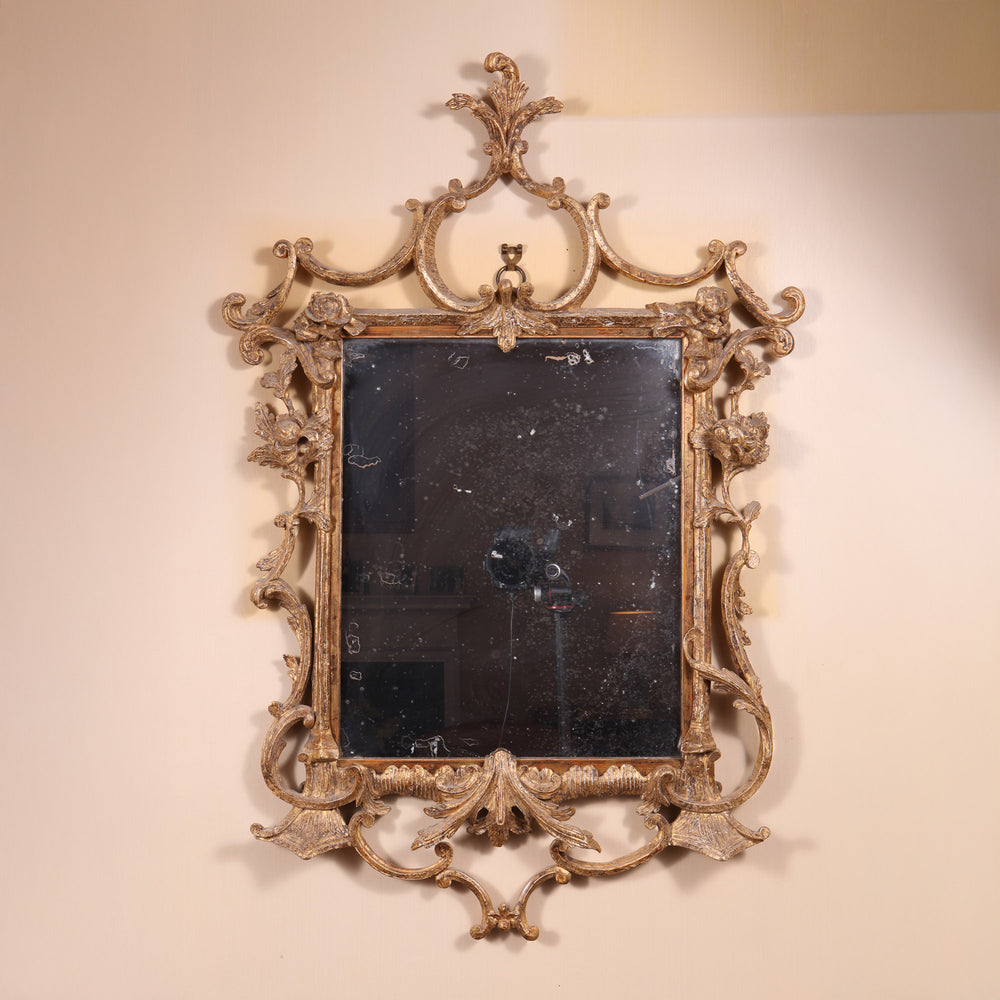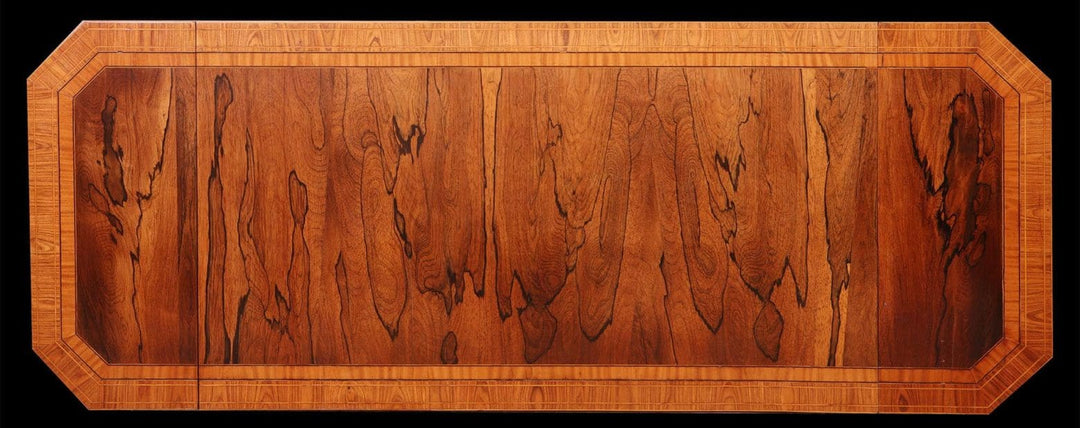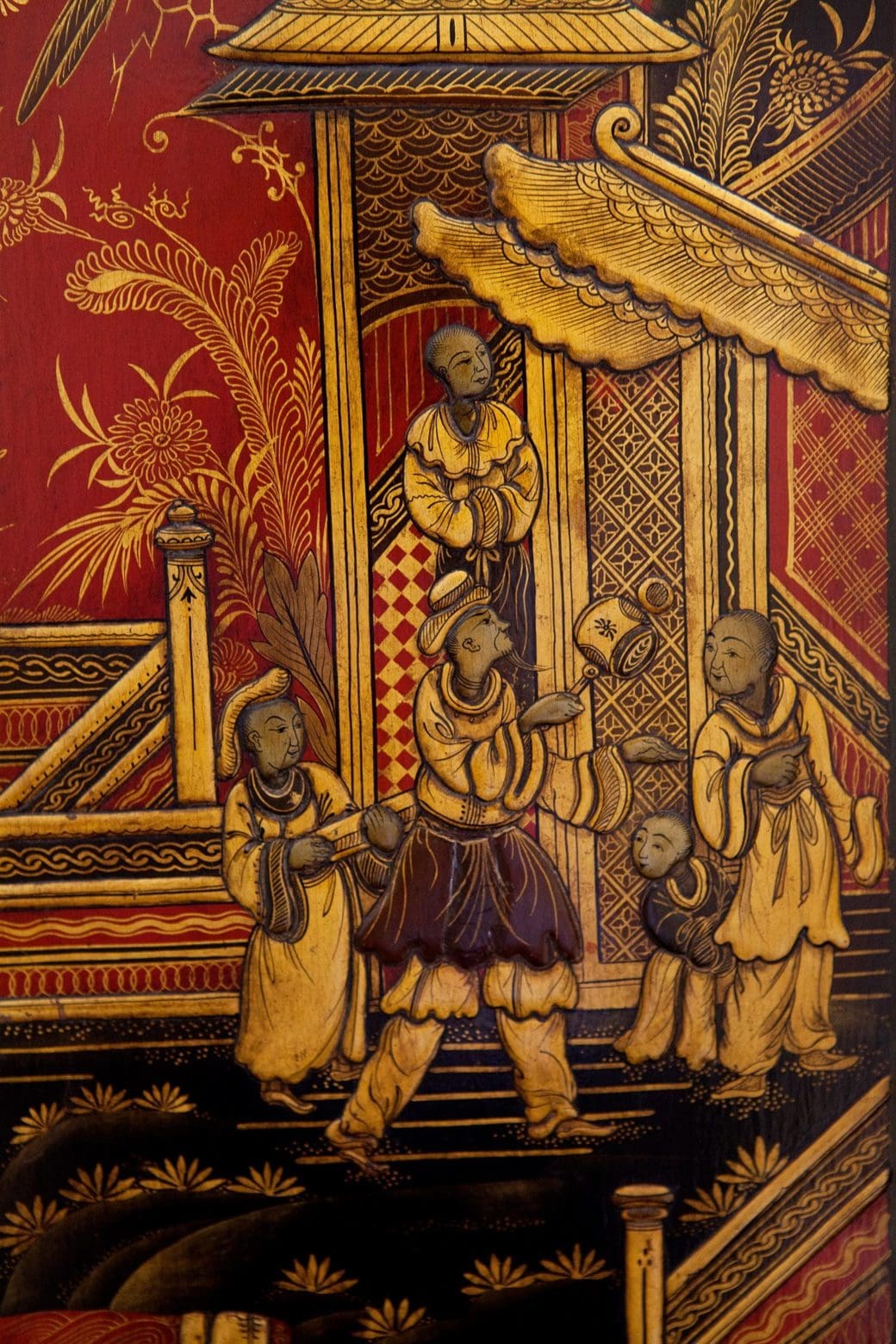
Chinoiserie in European Decorative Arts
Chinoiserie is a European decorative style that emerged in the 17th century, inspired by Chinese art and culture. The term comes from the French chinois (“Chinese”), and the style reflects Europe’s fascination with the “exotic” East during a period of expanding global trade.
Blending fantasy and imitation, Chinoiserie reinterpreted Chinese motifs through a European lens, appearing in architecture, furniture, porcelain, textiles, and interior decoration. This fusion of East and West produced some of the most whimsical and luxurious designs of the 18th century.
Origins and Influence
The popularity of Chinoiserie grew during the Age of Exploration, when European merchants, diplomats, and missionaries brought home Chinese lacquer, porcelain, and silk. These imports sparked widespread admiration and imitation across the continent.
-
Chinese Chippendale: Thomas Chippendale incorporated Chinese latticework, fretwork, and exotic motifs into his celebrated furniture designs, creating an enduring blend of Rococo elegance with Oriental fantasy.
-
Japanning: European craftsmen developed “japanning” to imitate Chinese lacquer, applying glossy black or red finishes with gilt decoration to furniture and small objects.
-
Delftware & Porcelain: Dutch Delft and Meissen porcelain often featured Chinese scenes, pagodas, and stylised floral patterns, demonstrating the enduring appeal of Asian aesthetics.
Characteristics of Chinoiserie
Chinoiserie designs often feature:
-
Motifs: dragons, pagodas, exotic birds, phoenixes, lotus flowers, and garden landscapes.
-
Colours: rich reds, deep blacks, and shimmering golds, echoing Chinese lacquer and silks.
-
Materials & Techniques: lacquered finishes, gilding, delicate fretwork, and porcelain painting.
-
Atmosphere: playful, romantic, and exotic, evoking an idealised fantasy of the East rather than authentic Chinese tradition.
Chinoiserie Today
Although its golden age was in the 18th century, Chinoiserie remains a sought-after style in both antique collecting and modern interiors. Its bold patterns, intricate details, and theatrical sense of luxury make it versatile for classic drawing rooms or contemporary spaces seeking a touch of drama.
Collectors value Chinoiserie for its craftsmanship, cross-cultural history, and enduring decorative appeal. Whether in the form of a gilt mirror, lacquered cabinet, or a Chippendale chair with Chinese fretwork, Chinoiserie continues to enchant.




